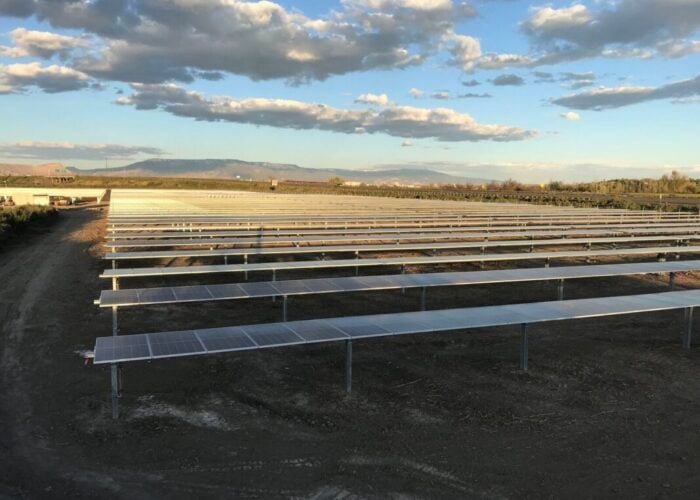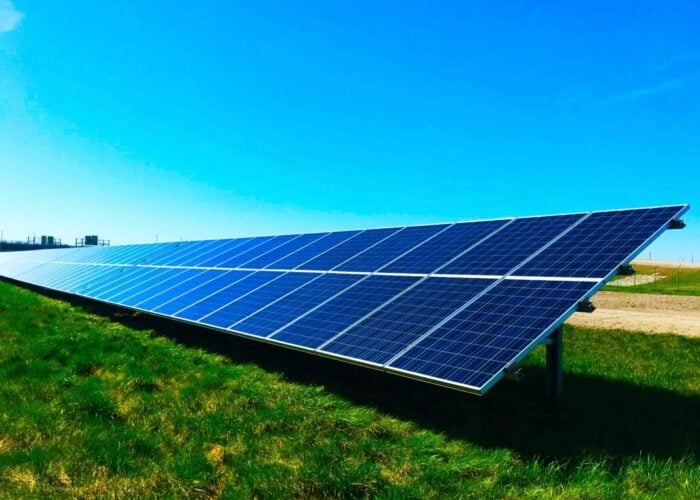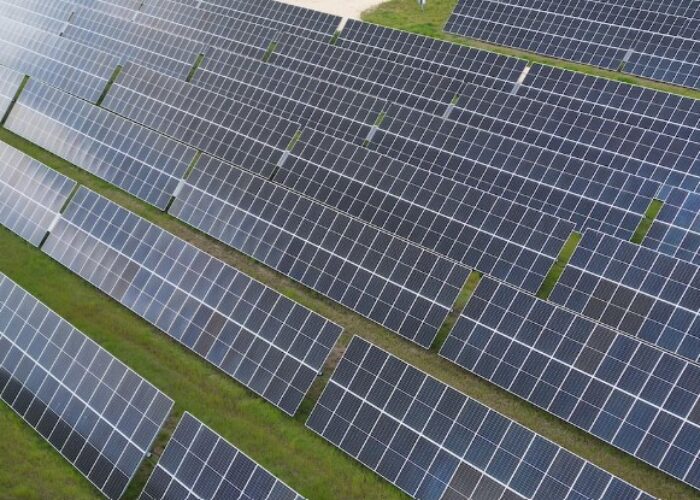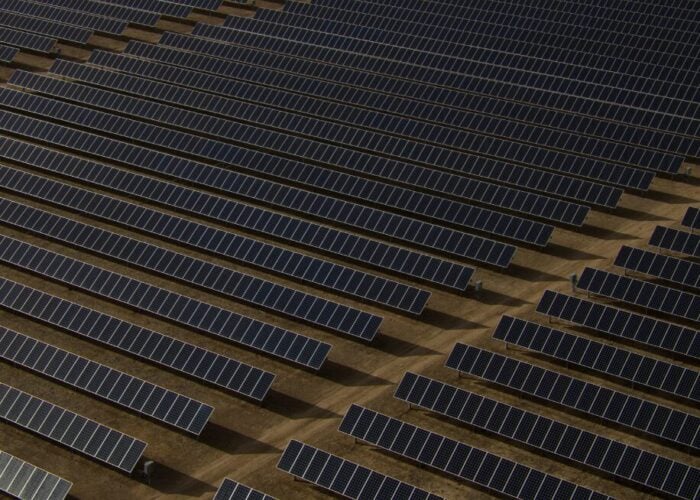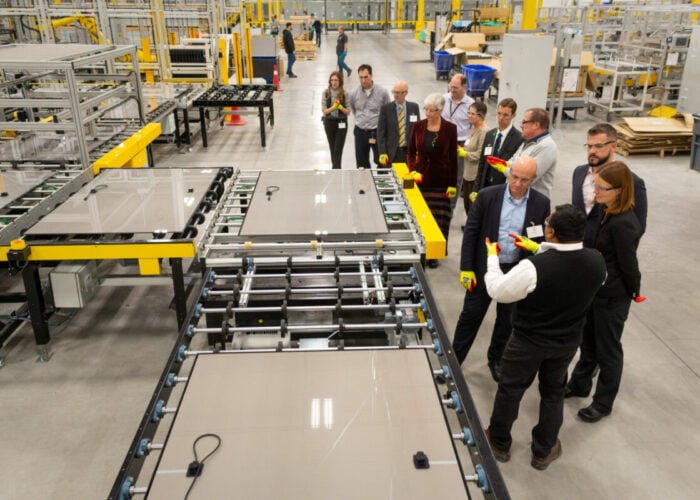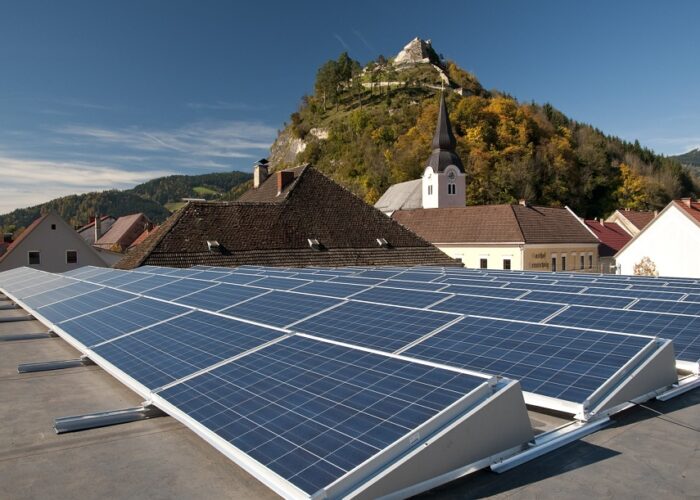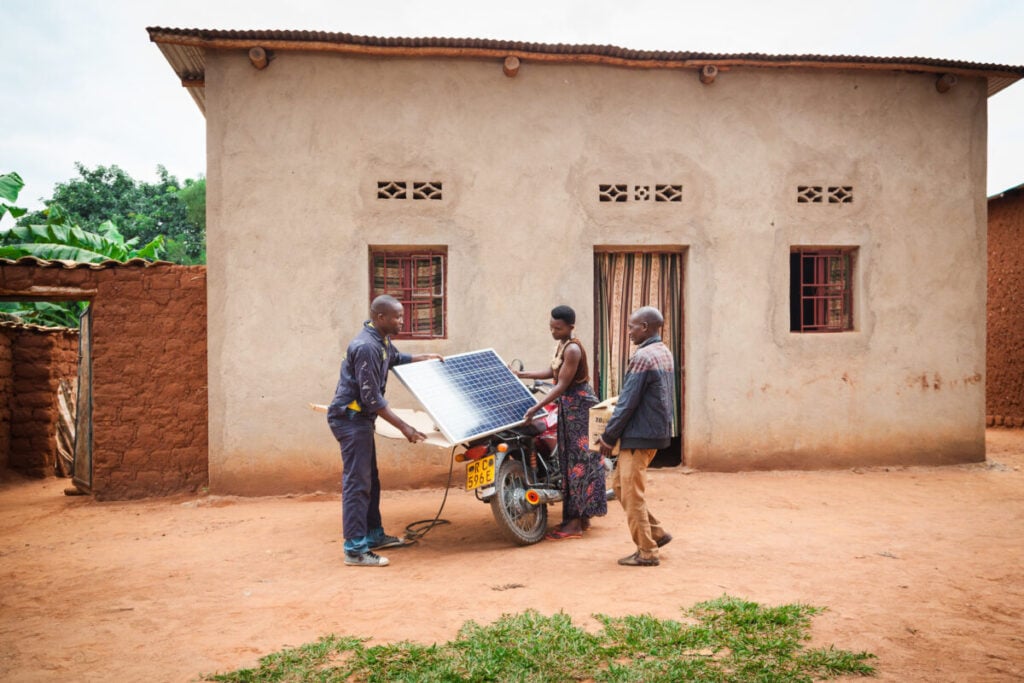
In 2024, 20 million people improved their access to energy through the acquisition of solar energy kits (SEKs) and other distributed solar systems, pushing the total number of people to benefit from SEKs to 138 million.
This is the headline figure from a report published this week by GOGLA, the global association for the off-grid solar industry, the Energy Saving Trust and the co-Secretariat of Efficiency for Access. The report was funded by the IKEA Foundation, Transforming Energy Access (TEA) and the World Bank Group’s ESMAP, and covers the sales of SEKs and other small-scale solar systems, particularly in Africa, made by “GOGLA-affiliated companies” last year.
Try Premium for just $1
- Full premium access for the first month at only $1
- Converts to an annual rate after 30 days unless cancelled
- Cancel anytime during the trial period
Premium Benefits
- Expert industry analysis and interviews
- Digital access to PV Tech Power journal
- Exclusive event discounts
Or get the full Premium subscription right away
Or continue reading this article for free
Between 2023 and 2024, sales of multi-light systems (MLS) and solar lanterns increased 11% and 3%, year-on-year, while the 1.7 million new solar home systems (SHS) is a 1% contraction in growth. These trends are shown in the graph below.
The sales of new SEKs drove a significant portion of this growth, with the GOGLA report noting that there were 9.3 million sales of new SEKs in 2024, compared to nearly 2 million sales of other off-grid energy appliances, such as solar water pumps.
In total, 85MW of new solar capacity was installed globally through new off-grid solar systems in 2024, just under half of the total new capacity added in Finland in 2024. The vast majority of new SEKs were sold in East Africa, with 6.6 million sold, a 37% year-on-year increase. The next largest market was West Africa, with 1.1 million purchases, a 33% year-on-year decline.
Changing trends in product sales
The capacity of the SEKs sold has also increased somewhat in recent years. Between 2023 and 2024, the number of SEKs with a capacity of 1.5-3W increased from 2.46 million to 2.79 million, while sales of systems with a capacity of lower than 1.5W decreased from 3.04 million to 2.85 million.
On a slightly larger scale, systems of a capacity of 21-49W have increased year-on-year since 2021, and the gap between sales of these systems, and the slightly more popular 11-20W systems, has fallen to less than 100,000 in 2024. These trends are shown in the graph below.
While the year-on-year decline in product sales for the largest size of SEKs could reflect a broader lack of investment in the off-grid solar sector, as has been previously reported on PV Tech, the relatively strong performance of medium-sized products could reflect the growth of the commercial off-grid solar sector.
These larger systems can be used to power equipment such as water pumps, heaters and refrigerators, which can be used in businesses such as restaurants, and PV Tech Premium has spoken to GOGLA about the increasingly attractive commercial prospect of solar investments for small business owners. In 2023, GOGLA reported that over three million people were using SEKs to operate small businesses, and 86% of those surveyed by GOGLA said they had derived productivity gains from these investments.
Affordability challenges remain
“Despite continued headwinds, the off-grid solar industry is proving resilient, particularly in East Africa,” said GOGLA executive director Sarah Malm. “However, affordability remains a key challenge.
“To address this, data shows that subsidies are game changers to accelerate access,” Malm continued. “There is a clear need for long-term clarity and certainty when results-based financing subsidies are implemented.”
Malm’s comments reflect those made by GOGLA senior manager for access to finance Laura Fortes, who spoke with PV Tech Premium last month. Fortes said that “investors are more selective” and are pursuing more complex financing schemes as they seek to invest in more bankable projects, rather than being put off entirely by the affordability challenges in the industry.
Indeed, not all of the report’s findings point to consistent growth in this sector. The report points out that, between 2023 and 2024, sales of solar water pumps increased from 23,210 to 291,200, an increase of 1,155%.
Yet this growth stems from the fact that this year’s report includes product sale data from companies not included in last year’s report; comparing sales from the same companies across both reports, year-on-year product sales actually experienced a “slight decline”, suggesting that changes in data collection, rather than growth in the industry, was necessarily behind this significant increase.

